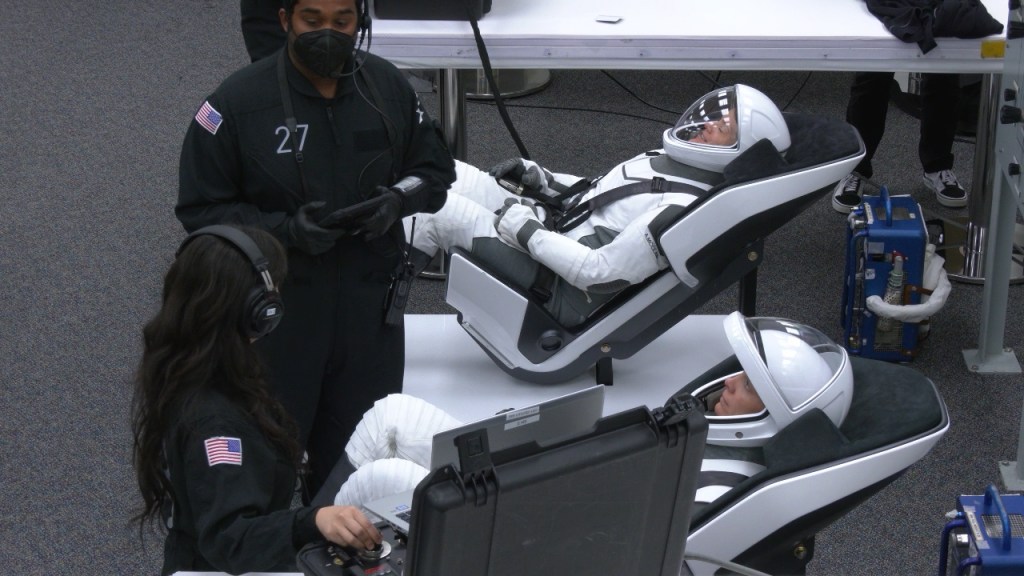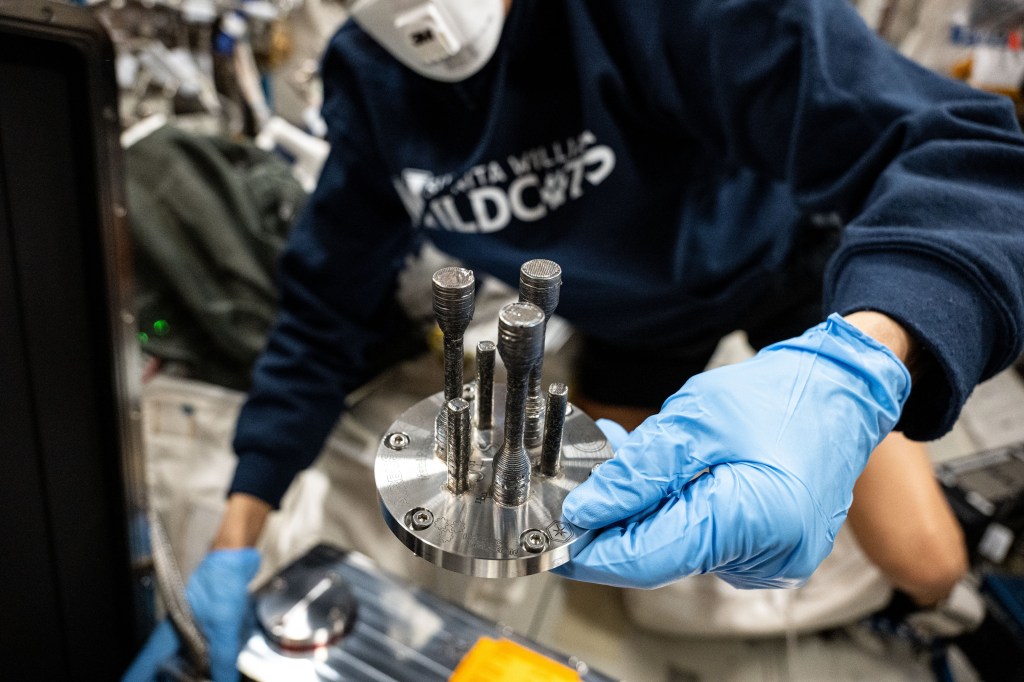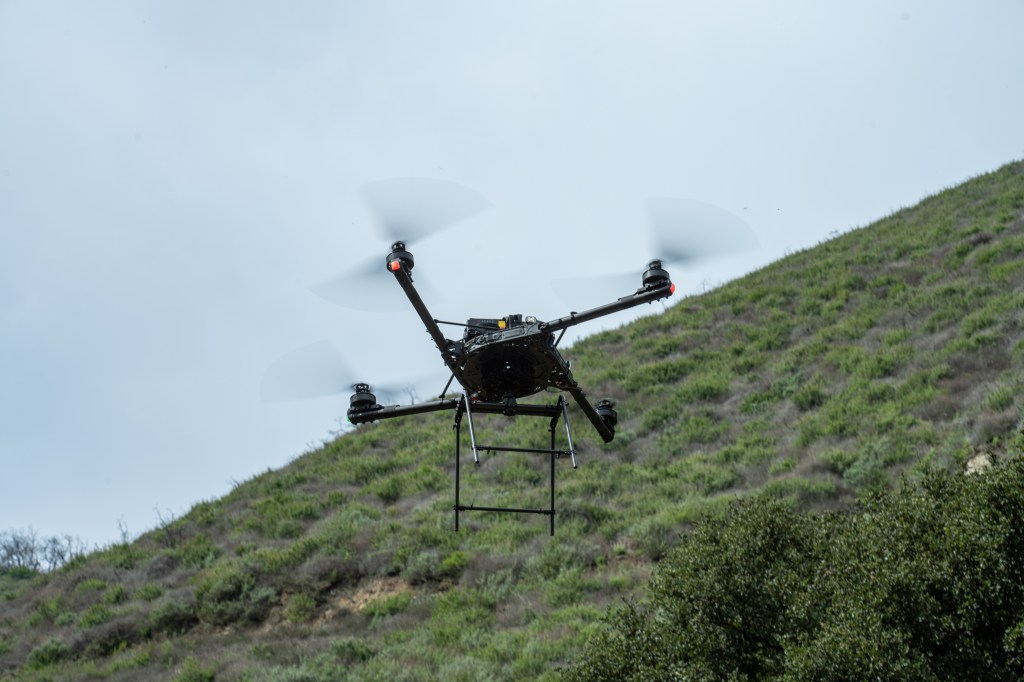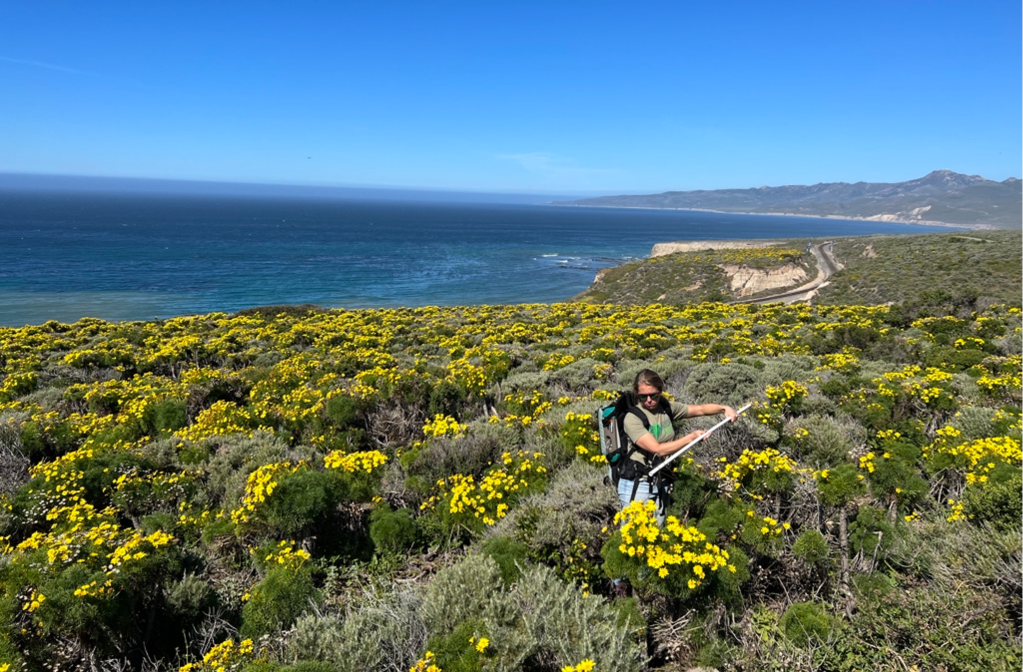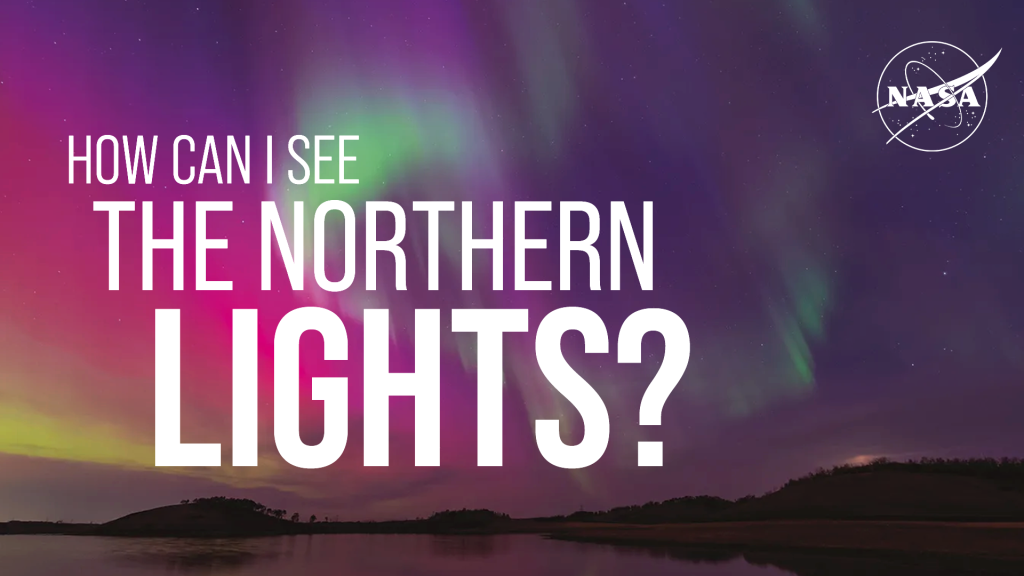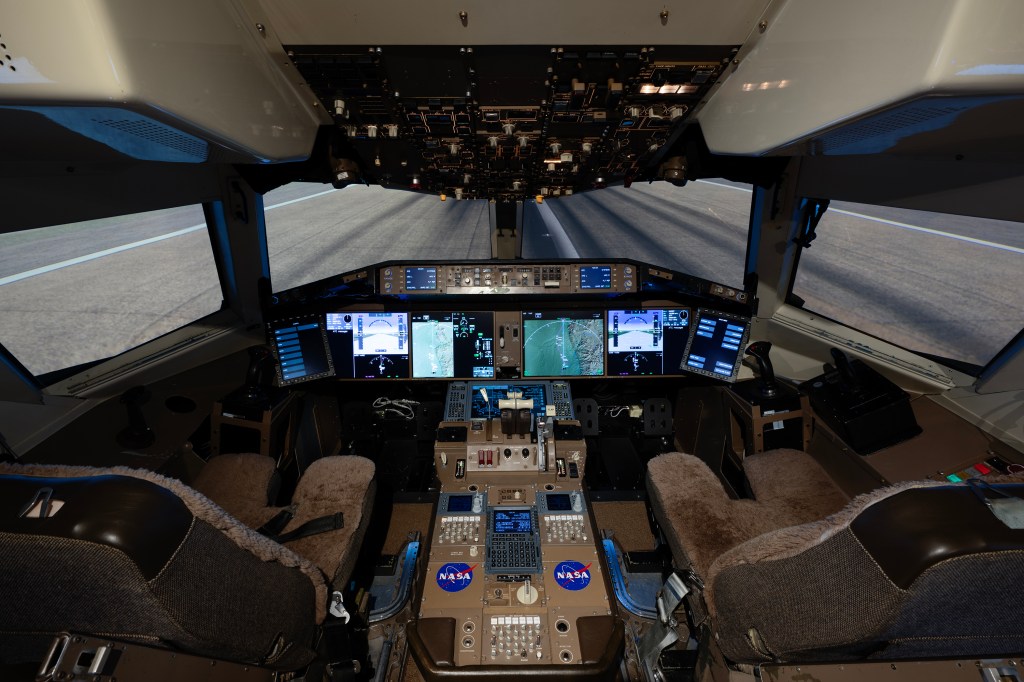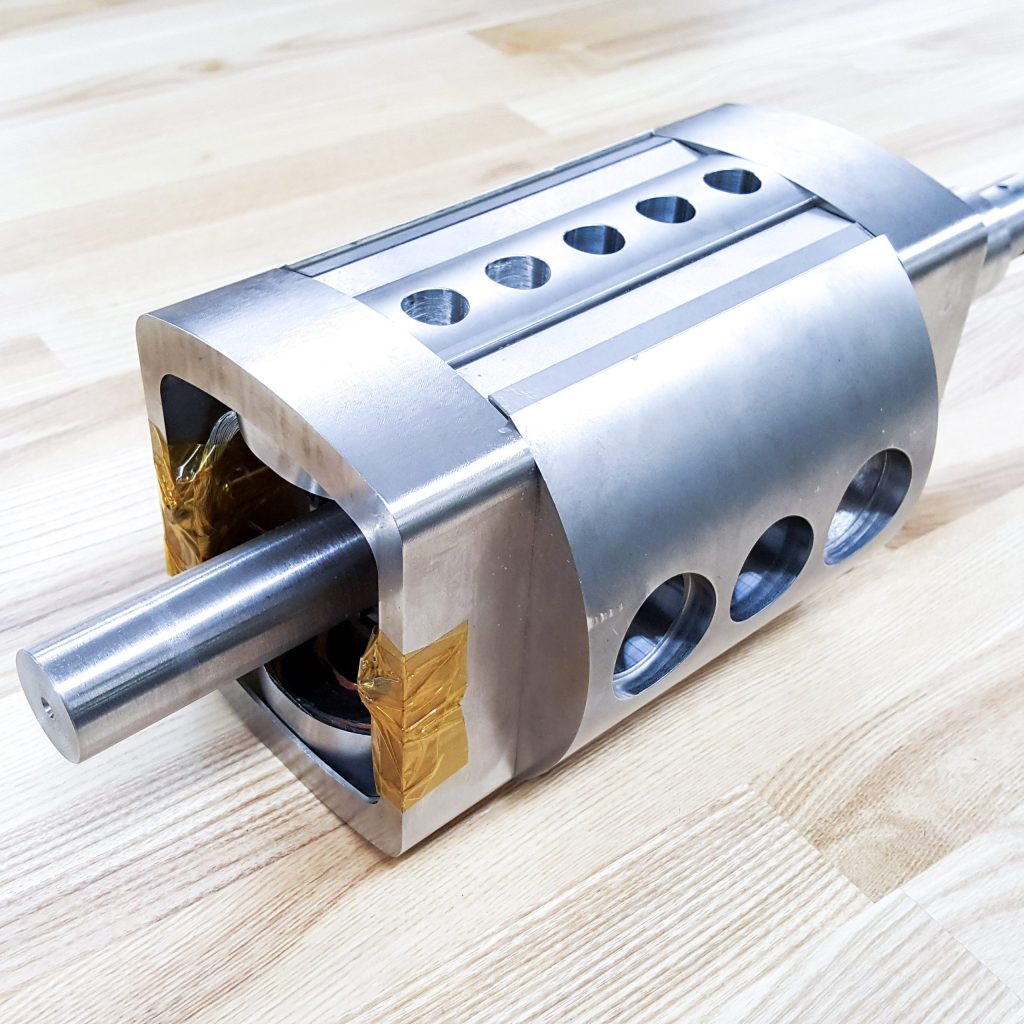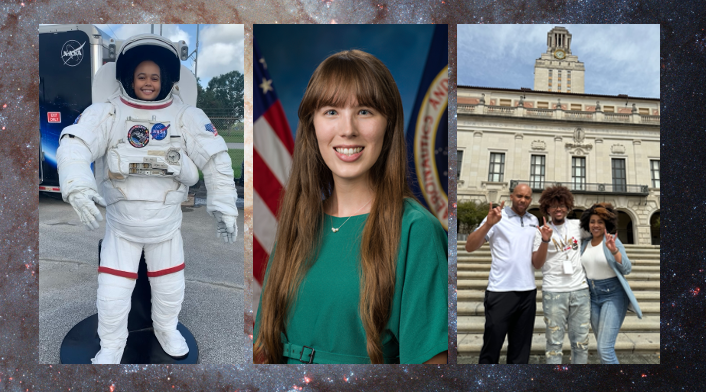Ames Partnerships Office Annual Report 2024
Last year the Ames Agreements office brought in $29,670,000 from Reimbursable Agreements. The Ames Small Business Innovation Research / Small Business Technology Transfer (SBIR/STTR) program gave $31,785,029 in seed funding. The Ames Technology Transfer Office received $655,231 in Patent and Copyright Royalty.
About Ames Partnerships Office about Ames Partnerships Office Annual Report 2024
Letter from the Director
Matthew Buffington
Every year, we are proud to highlight new partnerships, licensing agreements, small business collaborations, and the value we bring to both NASA and American taxpayers. Each of these partnerships plays a crucial role in driving forward innovative technology and groundbreaking science. This year, in particular, NASA has made remarkable progress in advancing the emerging space economy with the help of our partners.
Looking ahead to 2025, we’re excited to announce the launch of a new Partnerships platform, designed to help potential collaborators tap into NASA’s expertise and explore new opportunities for agreements and business ventures. While I don’t want to give away too much just yet, we’re planning a pilot program to kick things off early in the year. Stay tuned for more details, and feel free to reach out if you’d like to receive the latest updates.
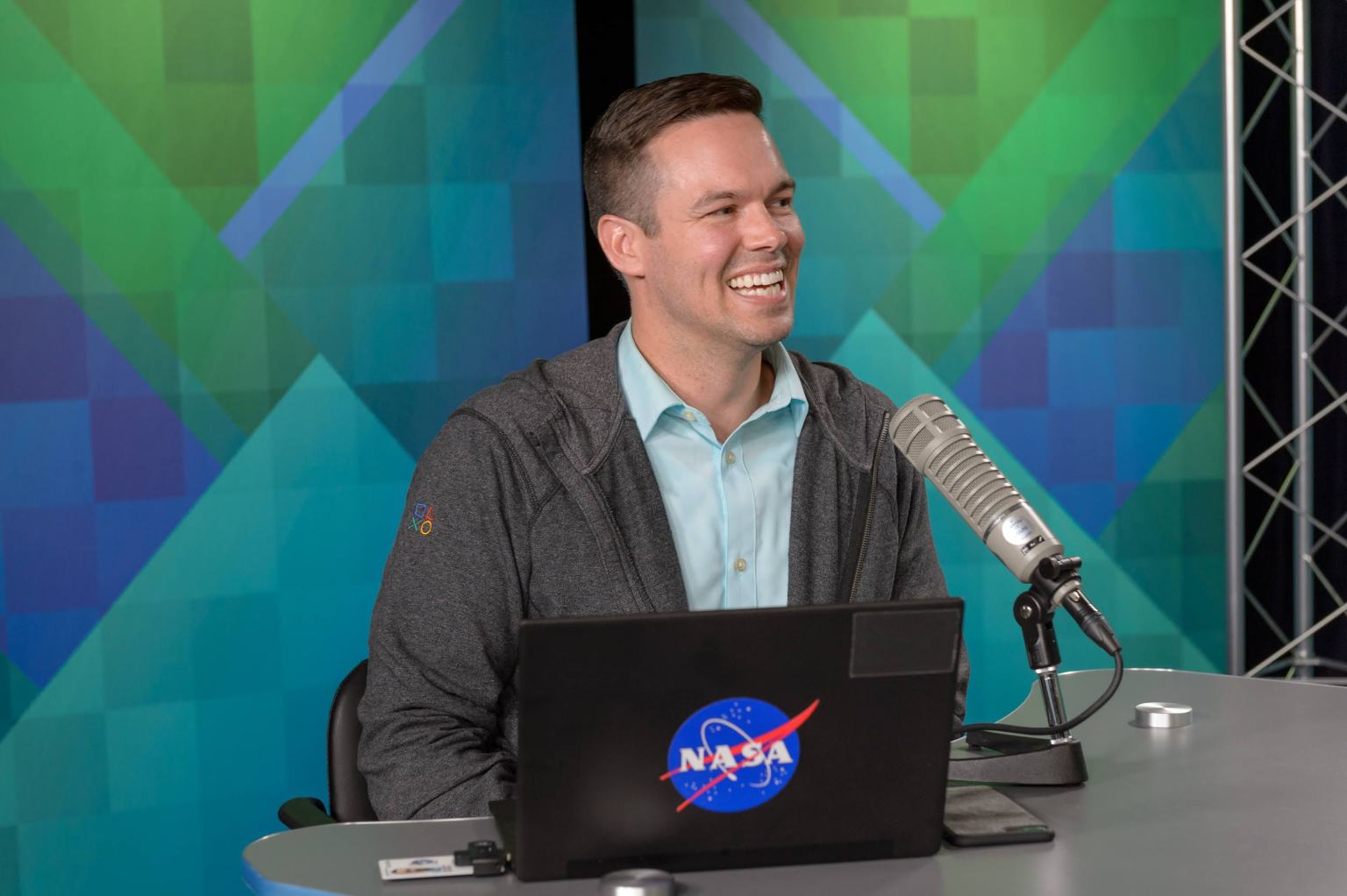
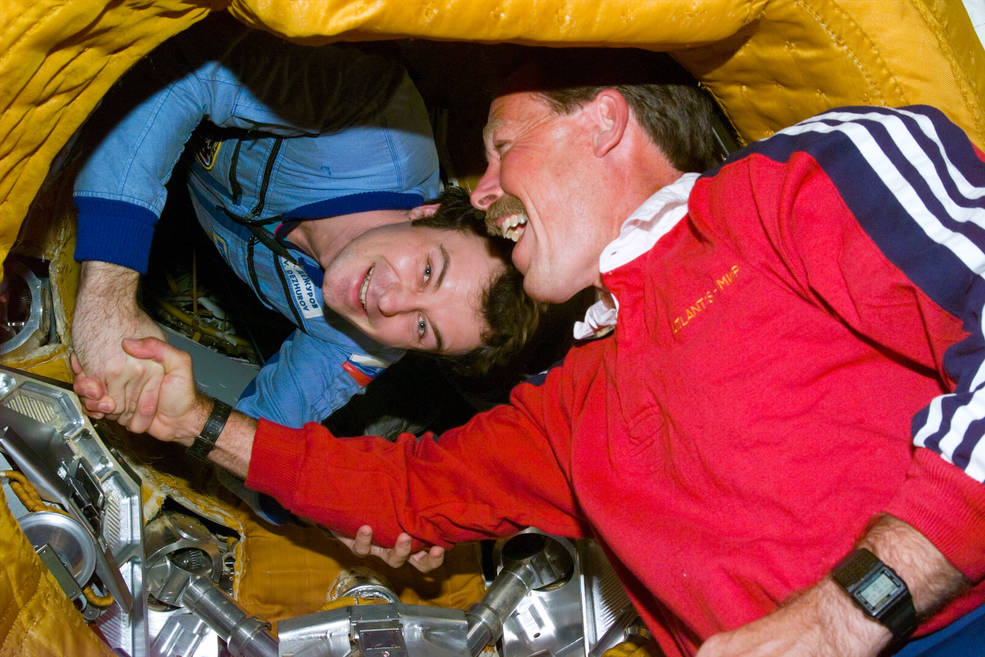
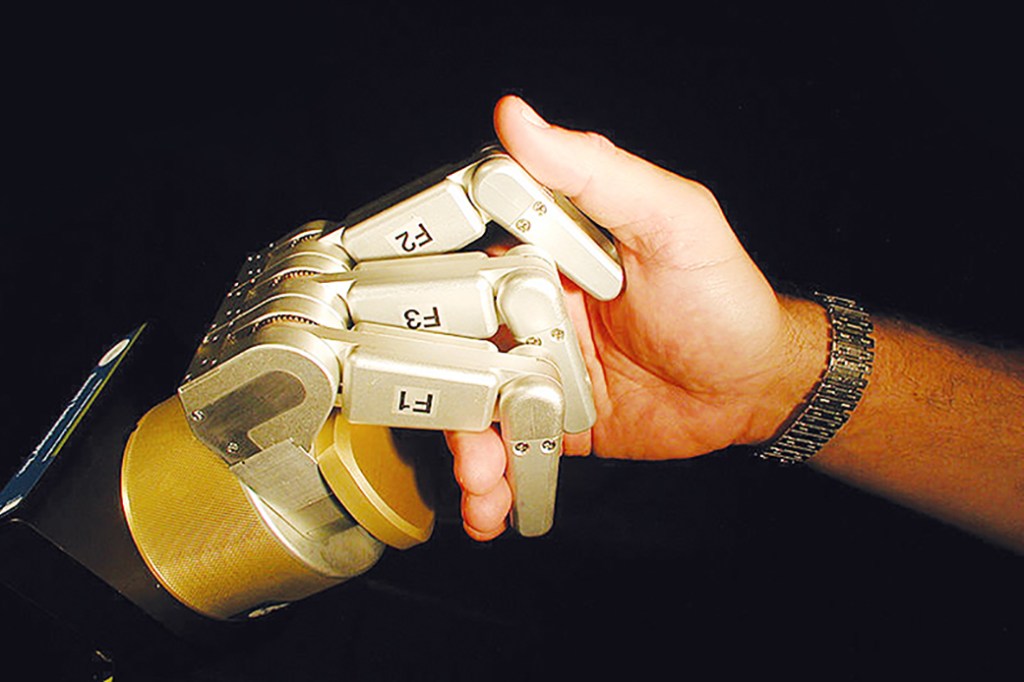

Agreements Office
The Ames Agreements Office collaborates with domestic corporations, startups, universities, international entities, and other government agencies to lead innovation and advancement. In 2024, this office executed 78 agreements and generated $29,670,000 reimbursable dollars and had a cost avoidance that cumulated to $4,040,000.
Reimbursable Value
$29,670,000
Executed Agreeements
78
Cost Avoidance
$4,040,000
Agreements Office
Wildfire Management
Non-Reimbursable Space Act Agreement between NASA Ames Research Center and Delphire, Inc.
NASA Ames and Delphire, Inc. joined forces to analyze wildfire management by exploring and creating a software prototype that integrates fire sensor data provided by Delphire’s Sentinel fire sensor network with the Open Data Integration (ODIN) framework developed at NASA Ames Research Center. Sentinels are multi-sensor fire detection devices that utilize on-board artificial intelligence to detect below canopy fires from visual and infrared images and ODIN is an open-source technology for wildland fire applications that integrates various data sources to provide visualization of any information related to fire management onto a map. NASA Ames and Delphire’s partnership goal is to decrease detection time of fires and increase detection capabilities. This collaboration led to successfully detecting a fire 45 minutes before local fire responders detected it! Currently, NASA Ames is working on post-processing algorithms to refine the sensitivity of this technology.
ODIN about Wildfire Management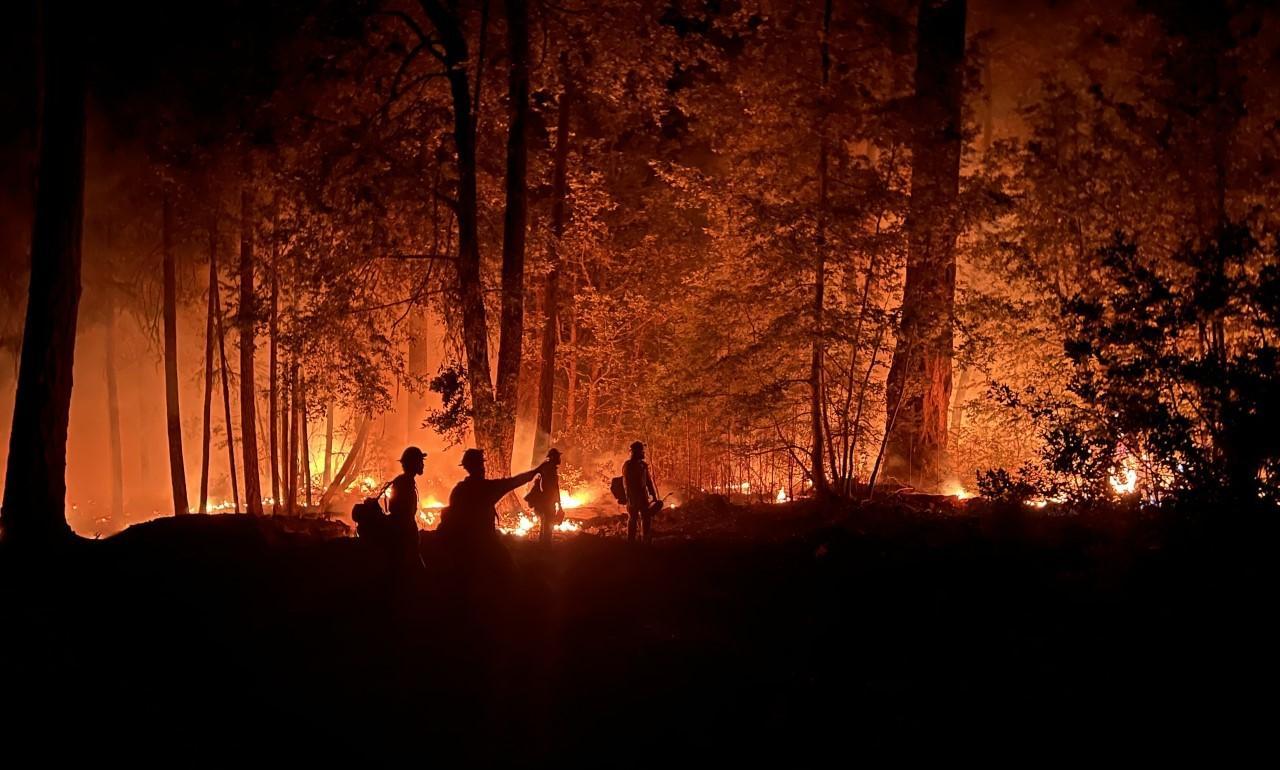
International Agreement
HelioSwarm
Partnership Agreement between NASA Ames and the United Kingdom Space Agency (UKSA) for Collaboration on the HelioSwarm Observatory.
The HelioSwarm Observatory mission, part of NASA’s Explorers Program, is expected to transform our understanding of space plasma turbulence by using an innovative mission concept to collect data on multiple physical scales simultaneously. To accomplish this, the HelioSwarm Observatory is expected to be composed of 8 node spacecraft and 1 hub spacecraft. Each node has an identical instrument suite consisting of a Faraday cup, a fluxgate magnetometer (MAG), and a search coil magnetometer. The Imperial College London (ICL) is planning to provide the MAG instruments, ground support, and personnel necessary to support the instruments and the HelioSwarm Observatory science team.
The HelioSwarm mission will enhance our understanding of the Sun’s dynamics, the Sun-Earth connection, and the constantly changing space environment. This mission will provide deeper insights into the universe and offer critical information to help protect astronauts, satellites, and communications signals such as GPS. The mission is a constellation or ‘swarm’ of nine spacecraft that will capture the first multiscale in-space measurements of fluctuations in the magnetic field and motions of the solar wind known as solar wind turbulence.
Studying solar wind turbulence across large areas requires simultaneous plasma measurements taken from different points in space. HelioSwarm consists of one hub spacecraft and eight co-orbiting small satellites, which range in distance from each other and the hub spacecraft. The hub spacecraft will maintain radio contact with each small satellite. All radio contact between the swarm and Earth will be conducted through the hub spacecraft and the NASA Deep Space Network of spacecraft communication antennas. HelioSwarm will gather multi-point measurements and reveal the three-dimensional mechanisms that control the physical processes crucial to understanding the dynamics of the Sun, the Sun-Earth connection, and our neighborhood in space.
The HelioSwarm mission operations development team, including members from the NASA Ames Intelligent Systems Division, provided essential support for the completion of two major Phase A milestones for the HelioSwarm mission concept: the submission of the Phase A Concept Study Report (CSR) in July 2021 and the execution of the Site Visit (SV) in November 2021. With a mission budget of $250 million, the NASA Ames Research Center in Silicon Valley, California, will provide project management, while the mission’s principal investigator is Harlan Spence from the University of New Hampshire.
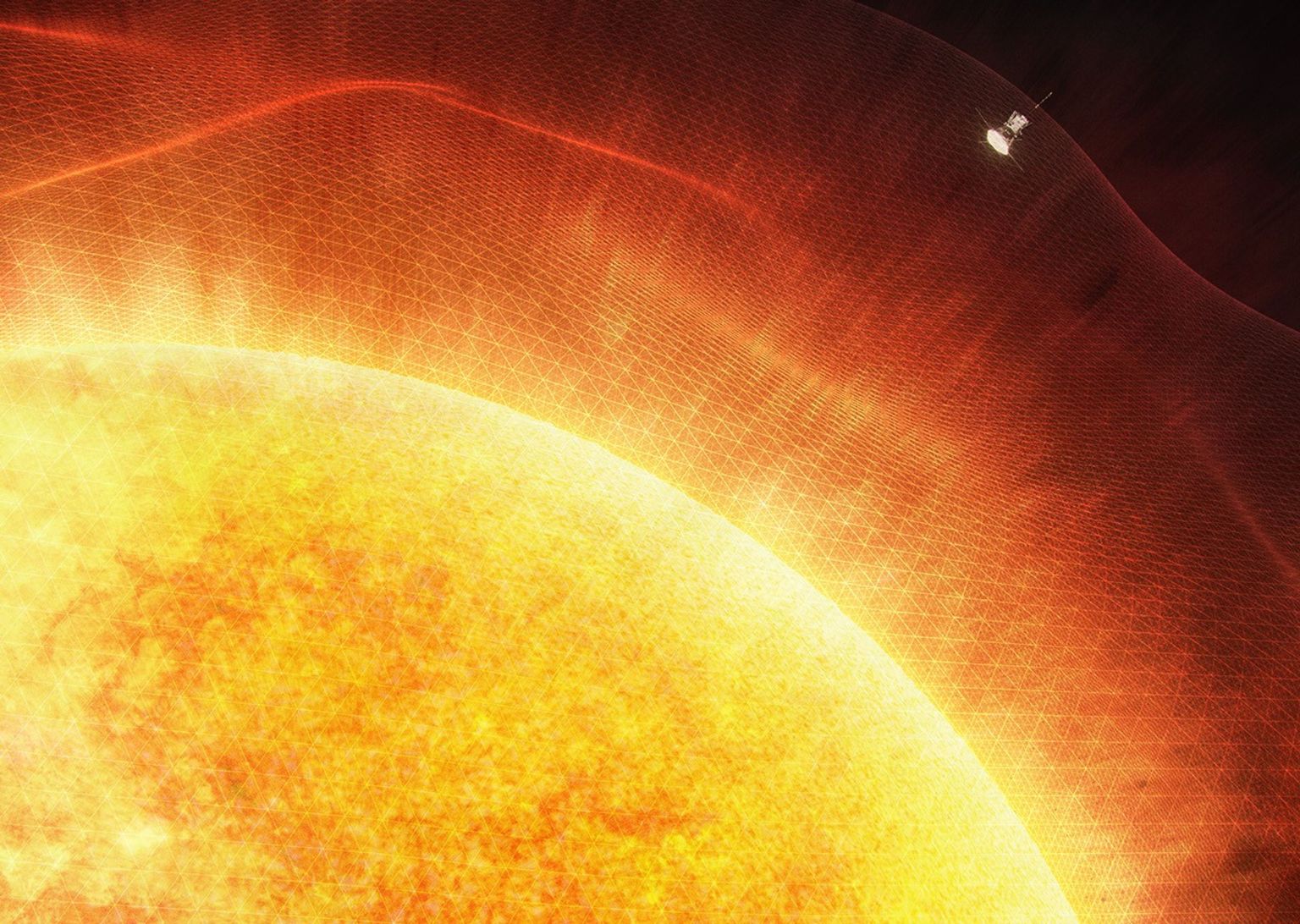

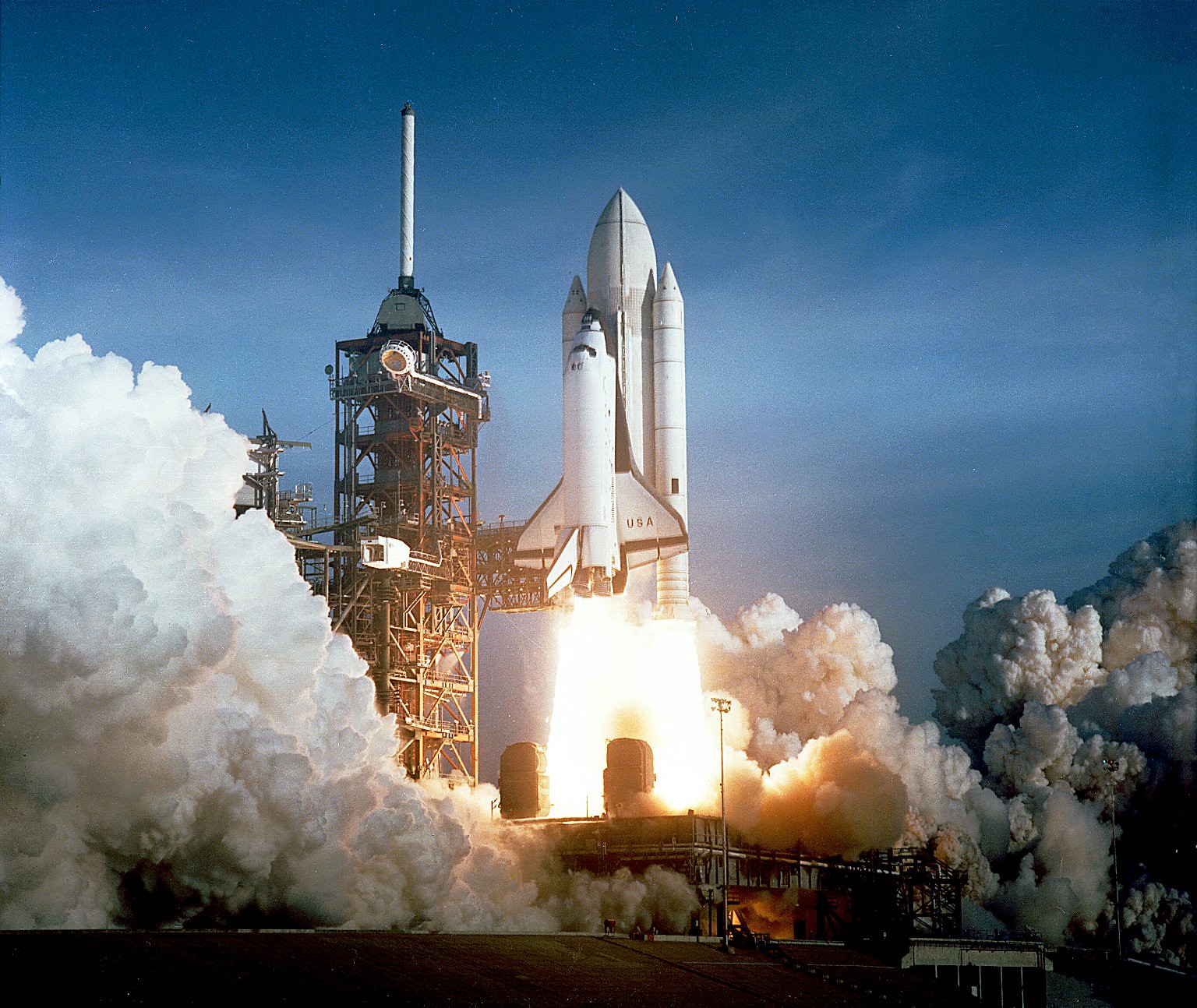
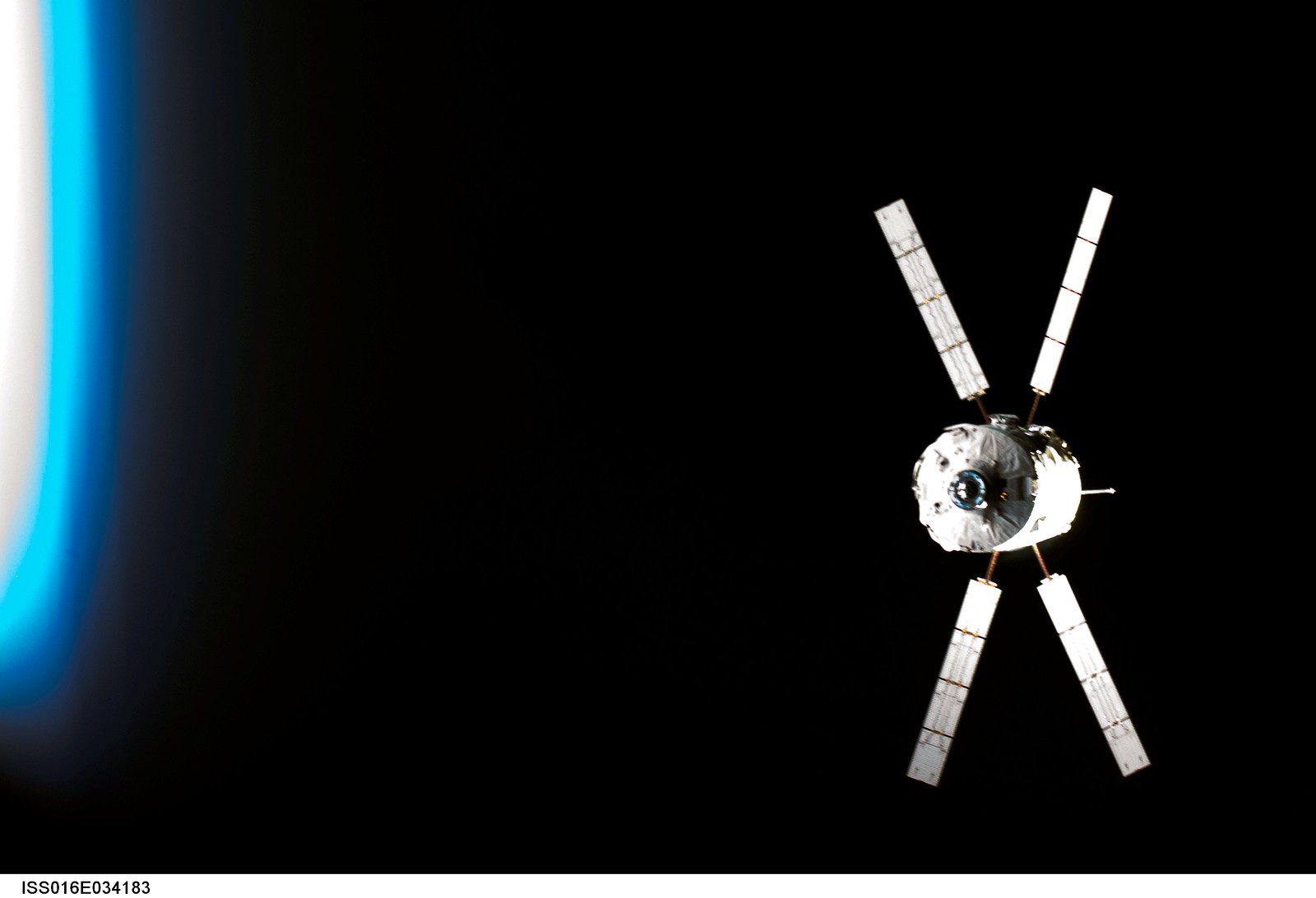
SBIR/STTR Program Office
The NASA Small Business Innovation Research / Small Business Technology Transfer (SBIR/STTR) program is part of America’s Seed Fund, the nation’s largest source of early-stage non-dilutive funding for innovative technologies. In 2024, NASA Ames SBIR/STTR office awarded 58 contracts for a total of $31,785,029 seed funding to small businesses.
seed funding for small business contracts
$226 million
Small business contracts awarded
543
SBIR/STTR Funding
Small Spacecraft Propulsion and Inspection Capability (SSPICY)
NASA’s SSPICY mission is focused on addressing the growing issue of space debris.
NASA’s SSPICY mission is focused on addressing the growing issue of orbital debris. The number of non-functioning satellites and launch-related objects in Earth’s orbit has increased. Management of this debris, similar to waste management on Earth, is needed to ensure the future of space exploration. As part of the Space Sustainability Strategy, NASA aims to develop effective methods for orbital debris mitigation. SSPICY is a key initiative in this effort.
In August 2024, NASA Ames Research Center’s Small Spacecraft Technology program awarded a $15 million SBIR Phase III contract to Starfish Space of Seattle, Washington to develop a spacecraft to demonstrate technology for inspecting orbital debris. The spacecraft, known as Otter, will use electric propulsion powered by solar energy to inspect defunct U.S.-owned satellites and other debris in low Earth orbit. Unlike traditional propulsion systems that rely on chemical fuels, electric propulsion uses solar energy to generate thrust, reducing the need for onboard propellants and enhancing mission efficiency.
Otter is a compact, kitchen oven-sized spacecraft that will approach debris objects within a few hundred meters to conduct detailed inspections. During these encounters, it will gather vital data about the debris, such as its spin rate, axis, and surface conditions. This inspection is an important step in NASA’s long-term goal of capturing and either removing or repairing non-functional satellites. This Phase III collaboration with Starfish Space advances SSPICY’s mission to better understand and mitigate orbital debris, paving the way for a more sustainable space environment.

SBIR/STTR Funding
Cislunar Autonomous Positioning System Technology Operations and Navigation Experiment (CAPSTONE)
In September 2024, NASA Ames Research Center’s Small Business Innovation Research (SBIR) office awarded the CAPSTONE extended mission SBIR Phase III for $1.8 million to Advanced Space i of Westminster, Colorado with funding from the Small Spacecraft Technology (SST) program located at NASA Ames
Upon entering lunar orbit in November 2022, the Cislunar Autonomous Positioning System Technology Operations and Navigation Experiment (CAPSTONE) mission, a microwave oven–sized CubeSat, became the first spacecraft to test a unique, elliptical lunar orbit, successfully completing its technology demonstration objectives within six months. This near rectilinear halo orbit (NRHO) is located at a precise balance point in the gravities of Earth and the Moon and offers stability for long-term missions like Gateway by requiring minimal energy to maintain. The mission will help reduce risk for future spacecraft by validating innovative navigation technologies and verifying the dynamics of the NRHO. NASA’s SST program manages the CAPSTONE technology demonstration mission.
The SBIR Phase III scope includes the infusion of lessons learned and experimental results into other programs including possible follow-on efforts to continue the maturation and/or transition of critical technologies originating from the CAPSTONE mission. Planned to continue through December 2025, the extension builds on CAPSTONE’s successful demonstration of the CAPS navigation technology and its characterization of an NRHO around the Moon. This extended mission offers further opportunities to refine and test CAPS software through communication with NASA’s Lunar Reconnaissance Orbiter and Deep Space Network. Additionally, the extended mission allows Advanced Space to conduct mission analyses that support NASA’s Artemis program, using new insights from CAPSTONE’s on-orbit operations to support Gateway operations planning. In collaboration with NASA’s Goddard Space Flight Center, Advanced Space will also demonstrate and test technologies for autonomy and standards-based, interoperable communications and networking in the challenging cislunar environment.
This mission is developed and operated by Advanced Space.
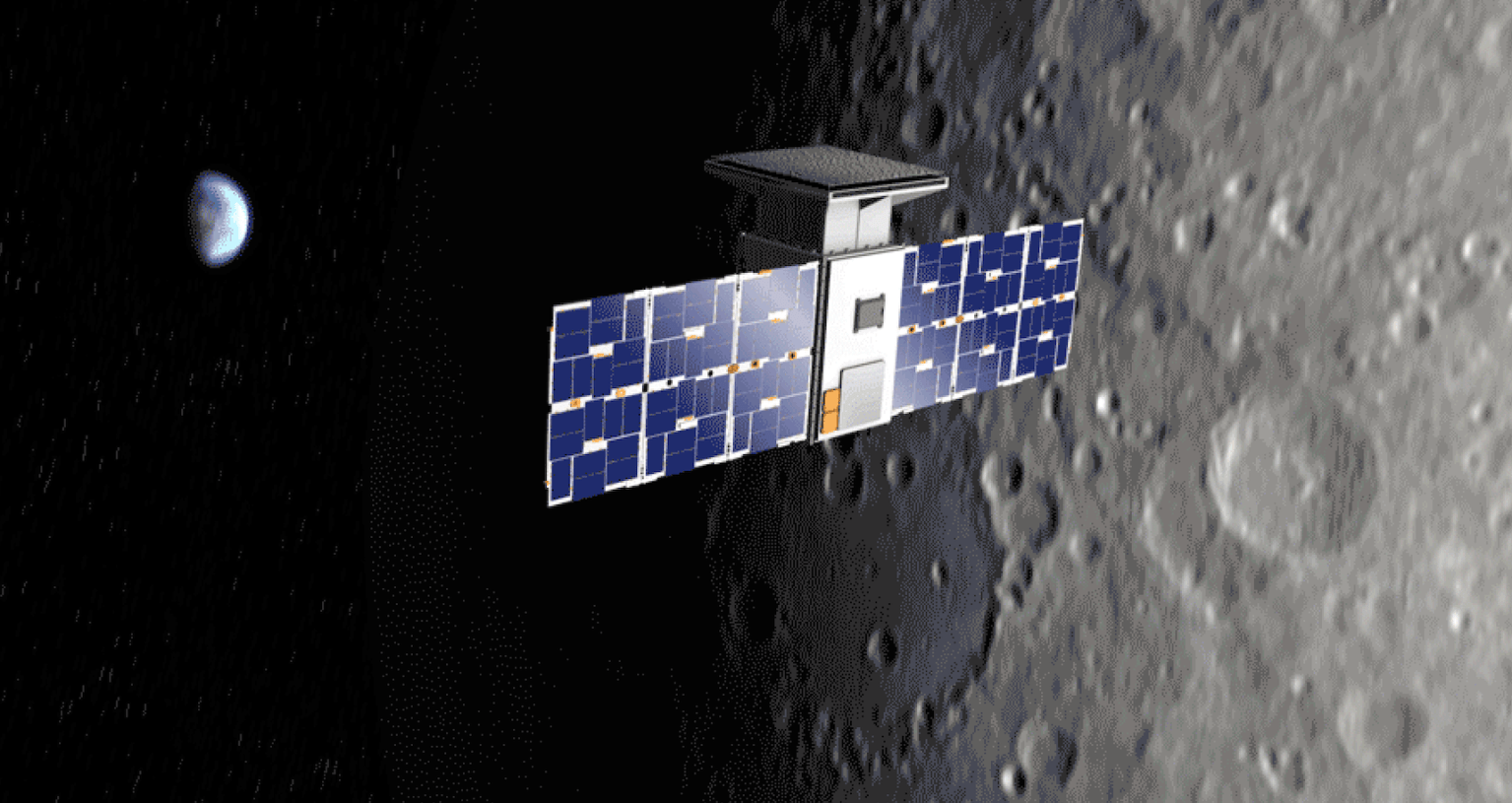
SBIR/STTR Funding
Starling's 4 CubeSats
SBIR Phase III – ‘Radio Ranging Firmware Modifications for Starling Extended Mission’ was awarded to CesiumAstro, Inc. October 2024 for the amount of $570,000.
Led by NASA’s Ames Research Center (ARC) and funded by the Small Spacecraft Technology (SST) program, the Starling mission launched in July 2023 and is advancing the readiness of various technologies for cooperative groups of spacecrafts – also known as distributed missions, clusters, or swarms. Starling uses four CubeSats in low-Earth orbit to test and demonstrate four technologies that let spacecraft operate in a synchronized manner without resources from the ground. This enables multipoint science data collection by several small spacecraft flying in swarms. The Starling mission will test whether the technologies work as expected, what their limitations are, and what developments are still needed for CubeSat swarms to be successful.
One of several Starling partners, CesiumAstro, Inc. of Austin, Texas, received SBIR funds for the Starling mission in 2023, providing the CommPack Crosslink Radio payload for the successful mobile ad hoc network (MANET) experiment in space. The purpose of the Phase III SBIR is to develop radio frequency (RF) ranging capabilities. The ranging capability would be accomplished by uploading a proprietary firmware update being developed by CesiumAstro. CesiumAstro and NASA ARC will work together to upload and test the firmware onboard the spacecraft in flight.
In order to accomplish the work, the SST program has extended the Starling 1.5 mission via this SBIR Phase III – ‘Radio Ranging Firmware Modifications for Starling Extended Mission’ which was awarded October 2024 for the amount of $570,000. This will be used to develop RF ranging capabilities that will enable some of these objectives: swarm maneuver planning and execution, communications networking, relative navigation, autonomous coordination between spacecraft.
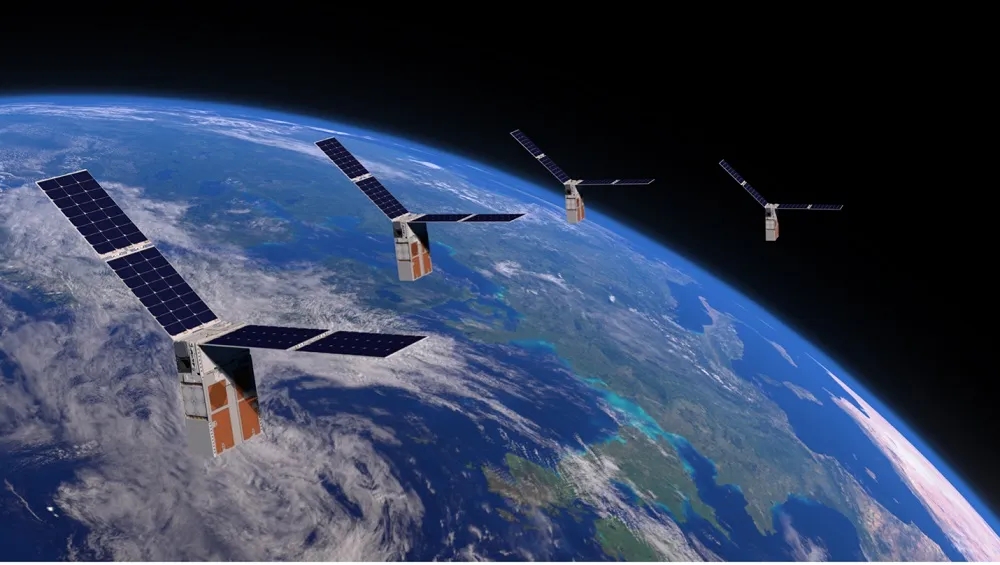


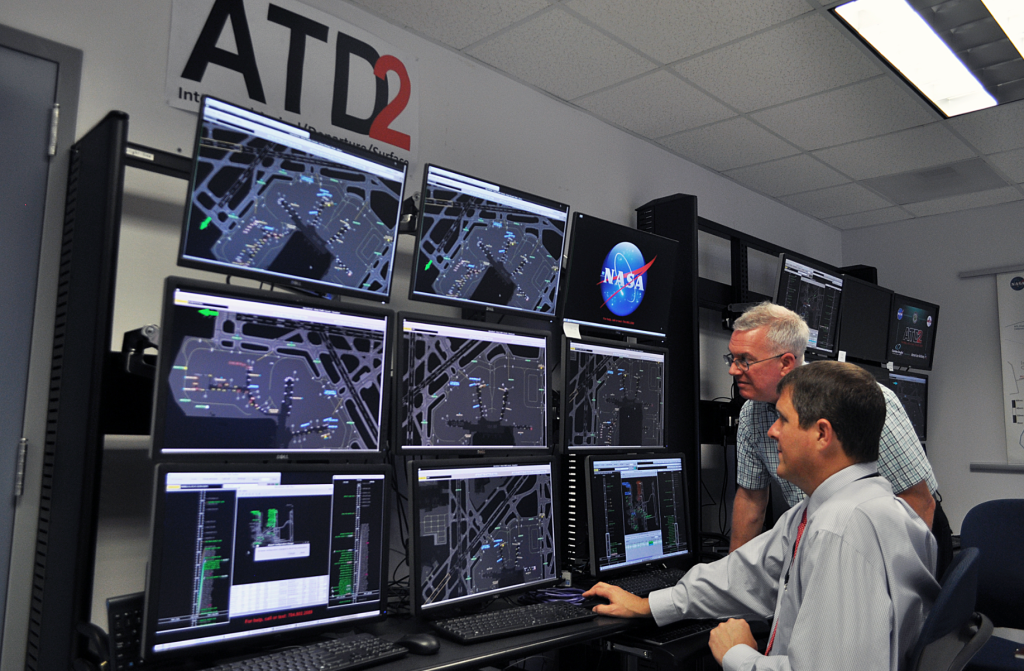
Technology Transfer Office
NASA Ames Research Center’s Technology Transfer Office ensures that technologies developed for missions in exploration and discovery are broadly available to the public, maximizing the benefit to the nation. In 2024, this office received $655,231 in patent & copyright royalties, executed 22 patent & copyright license agreements, and released 11 software packages.
Patent & Copyright Royalty Received
$655,231
Patent & Copyright License Agreements Executed
22
Software Packages Released
11
Technology Transfer
Prognostics Python Packages (ProgPy)
2024 Software of the Year Award Co-Winner
The NASA Prognostic Package (ProgPy) is a python prognostics framework focused on building, using, and evaluating models and algorithms for prognostics (computation of remaining useful life). It also includes the health management of engineering systems and provides a set of prognostics models for select components and prognostics algorithms developed within this framework, suitable for use in prognostics for these components. In addition to algorithms for state estimation and prediction, including uncertainty propagation. ProgPy combines NASA’s prog models and PROG ALGS packages into a single python package, for simplicity and clarity.
ProgPy about Prognostics Python Packages (ProgPy)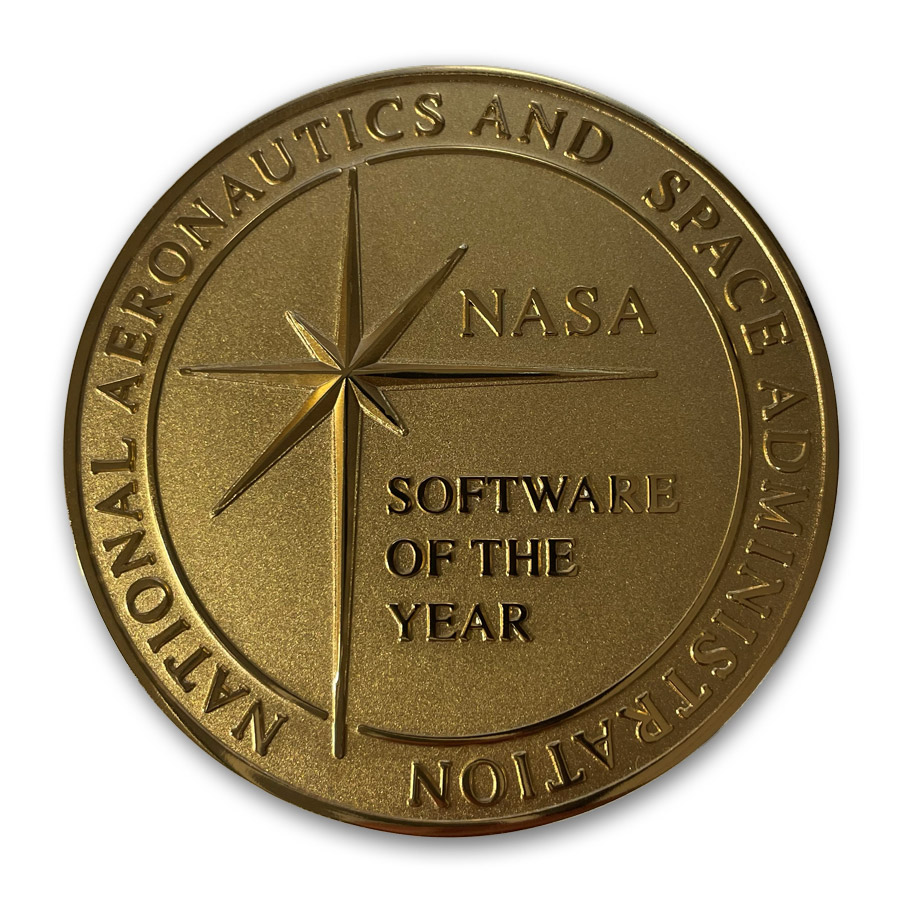
The Space Portal
NASA's In-Space Production Applications (InSPA)
Continuing to open frontiers of space to benefit people on Earth.
Since 2020, NASA has invested over $80M in more than fifty In Space Production Applications to U.S. entities seeking to demonstrate the production of superior advanced materials and products on the International Space Station that benefit Earth markets rather than space markets. In addition to InSPA’s contribution, the awardees raised an additional $60M from non-NASA sources. InSPA awards focus on national needs, life-saving and wealth generating products and components, accelerated testing, and novel and superior industrial materials, including pharmaceuticals.
In 2024, world class researchers from multiple institutions reported, provided compelling evidence, and in many cases published that growing cells in space significantly accelerated the detection of potential causes of diseases as well as accelerated the testing of potential cures of diseases. The findings, which were independently reviewed by other government agencies, are relevant to brain cancer, breast cancer, blood cancer, ovarian cancer, colon cancer, metastasis, Alzheimers, Parkinson’s Diseases, Amyotrophic Lateral Sclerosis (Lou Gehrig’s Disease), Multiple Sclerosis, Pre-frontal Dementia, and other neurological diseases. In addition, world class pharmaceutical crystals were grown in space, as well as industrial crystals grown to superior quality (Redwire).
In 2024, a Bay Area small business, Flawless Photonics, demonstrated that the complex glass alloys used for optical fibers could be manufactured to greater than Earth commercial quantities in space with preliminary evidence indicating better transmission qualities. InSPA awards help the selected companies raise the technological readiness level of their products and move them to market, propelling U.S. industry toward the development of a sustainable, scalable, and profitable non-NASA demand for services and products manufactured in the microgravity environment of low Earth orbit for use on Earth. Activities include development of new semiconductors, materials and devices for public use, and new approaches for treating some of the world’s most challenging diseases and afflictions such as cancer, organ replacement and age-related blindness. The Ames Space Portal Office was instrumental in establishing the InSPA strategy and portfolio and continues to provide important support and expertise for this exciting and promising development area.
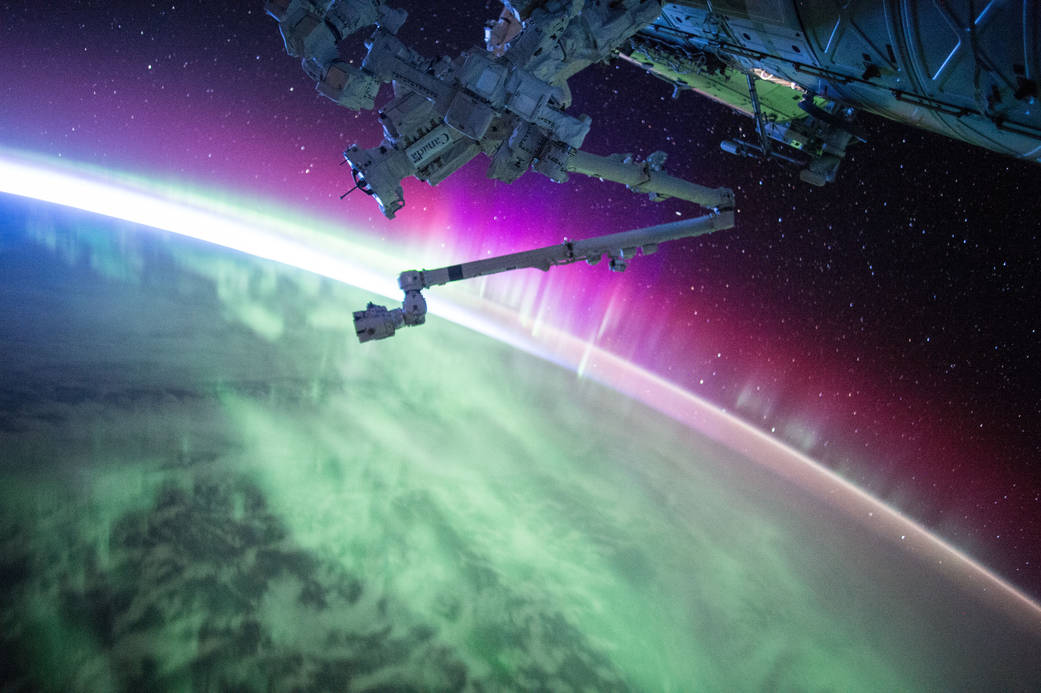
Check out our Ames Partnership Days
Industry Invited to ‘Ames Partnership Days’ on April 29 – May 1, 2025, for Collaboration Opportunities
Learn More about Check out our Ames Partnership Days






